Diarrhea in Cattle
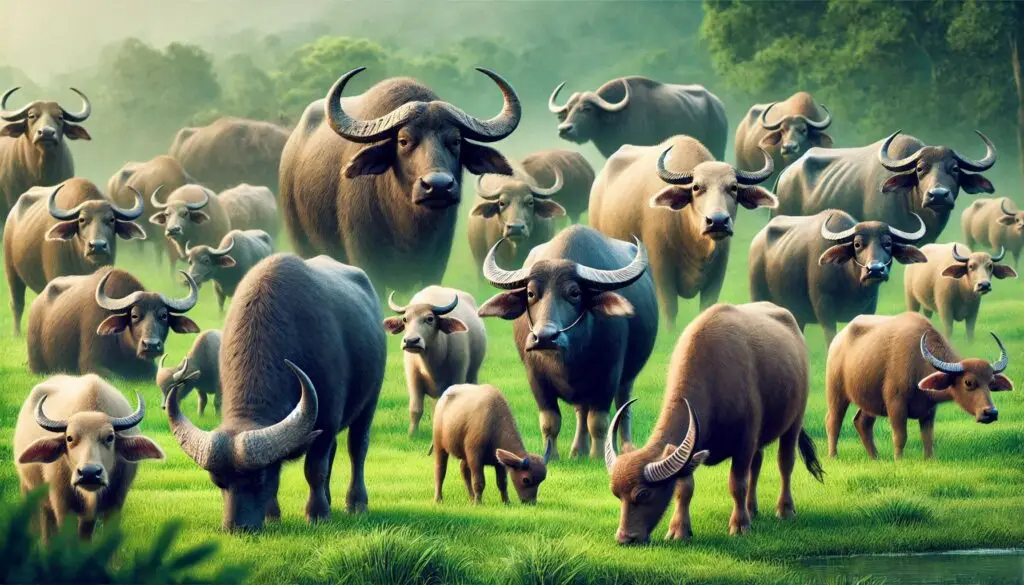
Introduction to Diarrhea in Cattle
Diarrhea, commonly referred to as scours in cattle, is a significant health issue that can affect both young calves and adult cattle. It is characterized by frequent and watery bowel movements, which can lead to dehydration and other serious health complications. Understanding the causes, symptoms, diagnosis, and treatment options for diarrhea in cattle is essential for effective management and prevention.
What Causes Diarrhea in Cattle?
Diarrhea in cattle can arise from various infectious and non-infectious factors. Here are some of the most common causes:
Infectious Causes
- Bacterial Infections:
- Salmonella: This bacterium can cause severe diarrhea in adult cattle. Infected animals often show sudden onset of symptoms, including fever and foul-smelling diarrhea. Salmonella can be spread through fecal contamination of feed and water sources.
- Escherichia coli (E. coli): Certain strains can lead to severe diarrhea, especially in calves. E. coli infections often result from poor hygiene and management practices.
- Viral Infections:
- Bovine Viral Diarrhea Virus (BVDV): This virus can cause acute diarrhea along with other systemic symptoms. BVDV is particularly dangerous if carriers are present in the herd.
- Rotavirus: Commonly affects calves less than 30 days old, leading to severe diarrhea.
- Protozoal Infections:
- Coccidiosis: Caused by protozoan parasites like Eimeria, coccidiosis primarily affects young cattle. It leads to bloody diarrhea and significant weight loss.
Non-Infectious Causes
- Nutritional Factors:
- Grain Overload: Sudden changes in diet or excessive grain intake can lead to acidosis, causing diarrhea.
- Deficiencies: Nutritional deficiencies such as cobalt or selenium can also result in digestive issues.
- Environmental Stressors:
- Stress from weaning, transportation, or overcrowding can compromise the immune system, making cattle more susceptible to infections that cause diarrhea.
Symptoms of Diarrhea in Cattle
Recognizing the symptoms of diarrhea is crucial for timely intervention. Common signs include:
- Frequent Loose Stools: Watery feces are a primary indicator.
- Dehydration: Signs include dry mucous membranes and decreased skin elasticity.
- Fever: Elevated body temperature may accompany infectious causes.
- Loss of Appetite: Affected animals often show reduced interest in food.
- Depression or Lethargy: Infected cattle may appear quiet or weak.
Diagnosing Diarrhea in Cattle
Diagnosing the underlying cause of diarrhea involves several steps:
Physical Examination
A veterinarian will perform a thorough physical examination to assess hydration status and overall health.
Fecal Analysis
Collecting fecal samples allows for laboratory analysis to identify pathogens or abnormalities. Tests may reveal the presence of bacteria, viruses, or parasites 5.
Blood Tests
Blood tests can help evaluate overall health and detect dehydration levels.
Post-Mortem Examination
In severe cases where animals die unexpectedly, a post-mortem examination may be necessary to determine the cause of death.
Treatment Options for Diarrhea in Cattle
Treatment for diarrhea focuses on rehydration and addressing the underlying cause:
Supportive Care
- Rehydration Therapy:
- Administering electrolytes and fluids is critical for dehydrated animals. Oral rehydration solutions (ORS) can be effective for mild cases.
- Nutritional Support:
- Providing easily digestible feeds helps maintain energy levels during recovery.
Specific Treatments
- Antibiotics:
- If bacterial infections are confirmed, appropriate antibiotics may be prescribed 4. However, unnecessary use should be avoided to prevent antimicrobial resistance.
- Anti-Parasitic Medications:
- For protozoal infections like coccidiosis, specific anti-parasitic treatments are necessary 2.
- Vaccination:
- Vaccines against BVDV and other viral diseases can help prevent outbreaks within herds 6.
Prevention Strategies for Diarrhea in Cattle
Preventing diarrhea involves implementing good management practices:
- Maintain Hygiene:
- Regular cleaning of feeding areas and water sources reduces the risk of infections.
- Monitor Nutrition:
- Ensure balanced diets that meet the nutritional needs of cattle to prevent deficiencies.
- Stress Management:
- Minimize stress during handling, transportation, and weaning processes to bolster immune responses.
- Regular Health Checks:
- Routine veterinary check-ups help identify potential health issues before they escalate.
When to Seek Veterinary Assistance
It is essential to consult a veterinarian if you observe any of the following:
- Persistent diarrhea lasting more than 48 hours.
- Signs of severe dehydration.
- Sudden deaths within the herd with accompanying symptoms.
Conclusion
Diarrhea in cattle is a multifaceted issue that requires careful attention from farmers and veterinarians alike. Understanding its causes, symptoms, diagnosis methods, and treatment options allows for effective management strategies that ensure the health and productivity of livestock. By implementing preventive measures and seeking timely veterinary care when needed, cattle producers can minimize the impact of this common condition on their herds.
More From Animal Diseases:
Equine Myoglobinuria

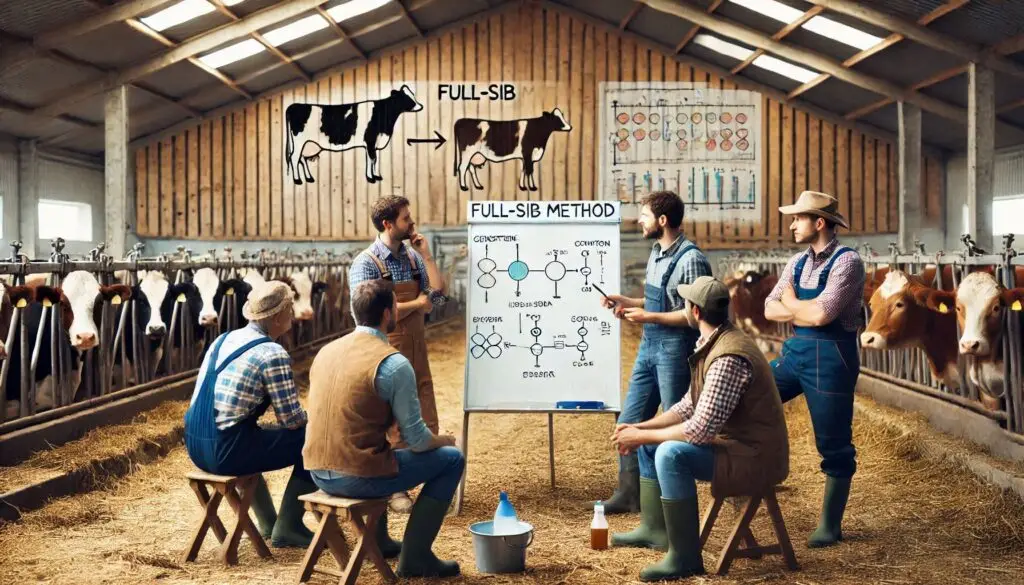
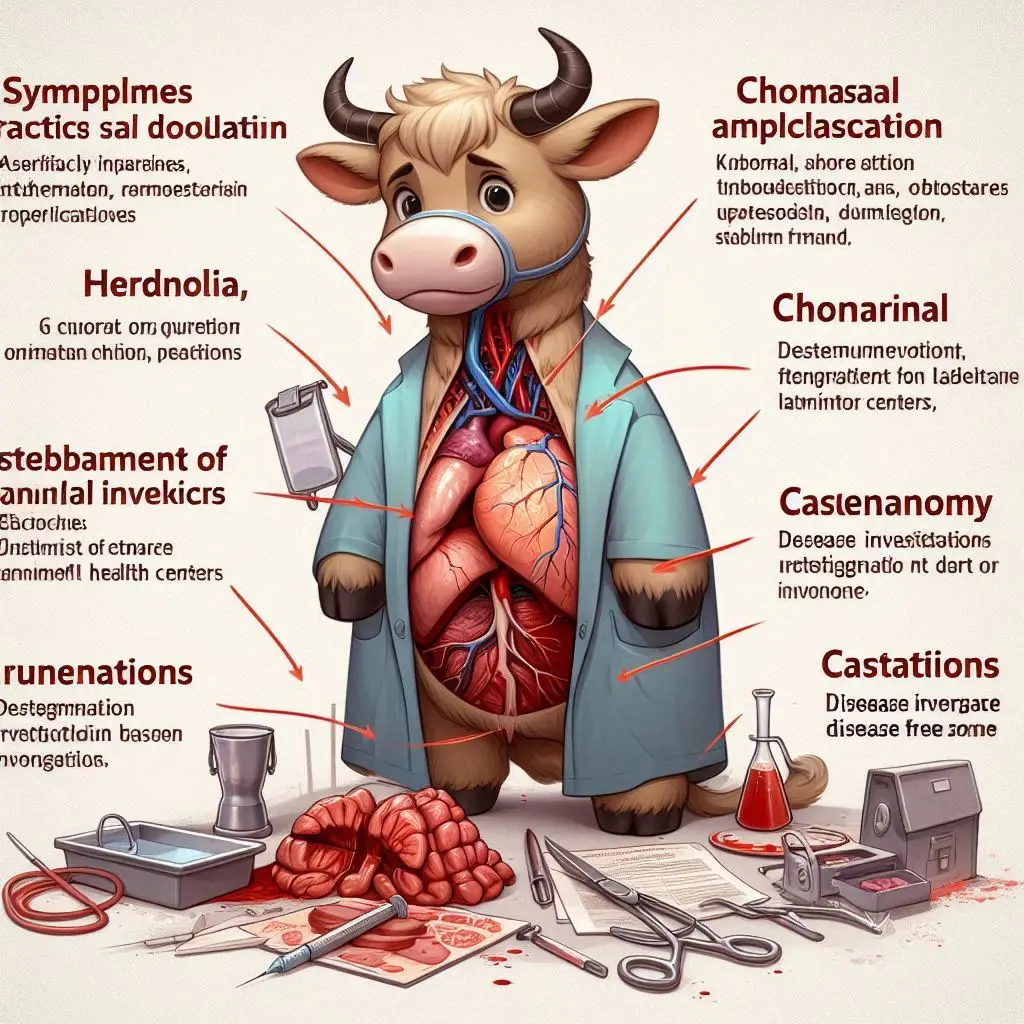

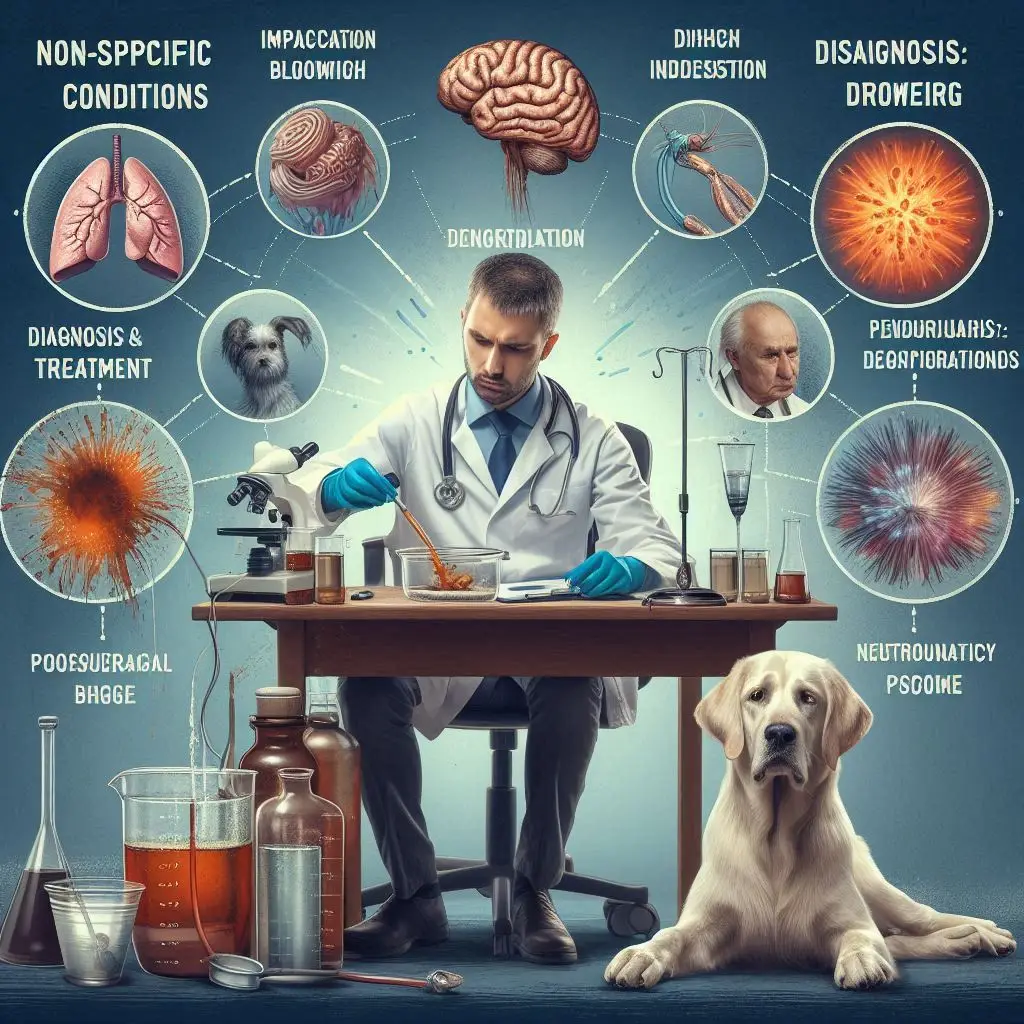
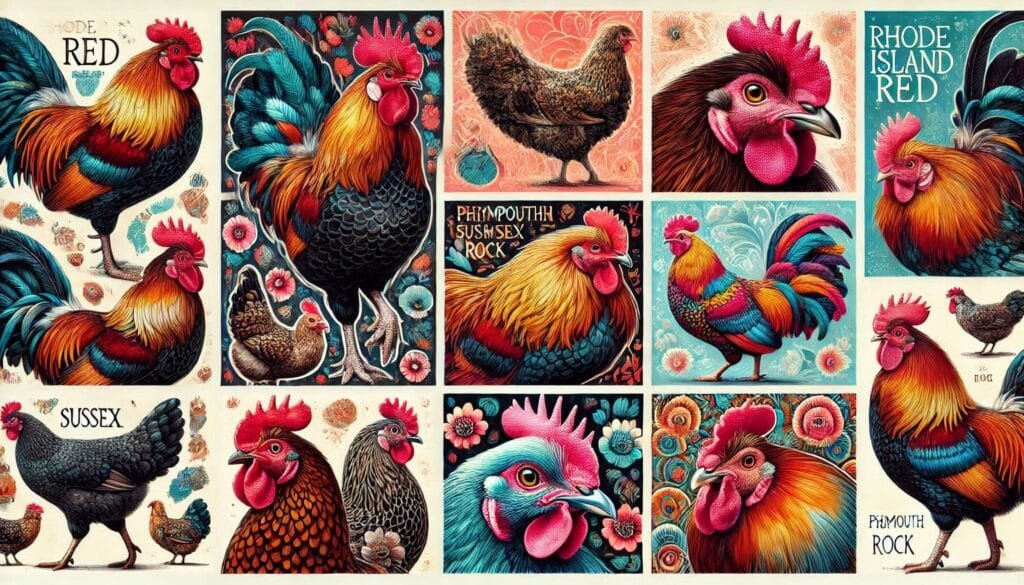
Responses